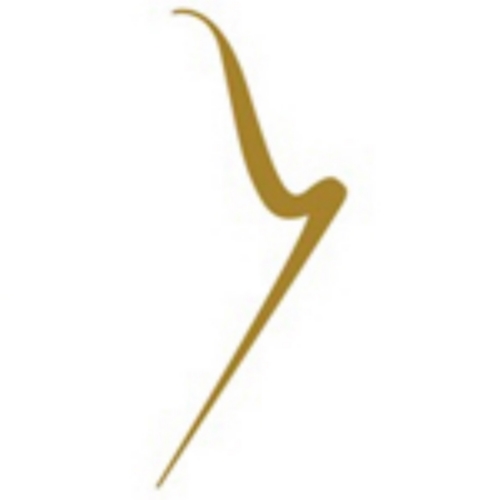“And you, I suppose, know better than Mozart?!”, boomed the senior lecturer’s voice. The student pianist on stage did his best to look confident in the face of his musical crime- to leave the notated trills out of his Mozart performance. His reason for doing so? He didn’t like them.
The belittling scorn of the lecturer’s response has echoed down the years, and haunted me repeatedly as I tackled transcribing Mozart’s London Sketchbook for harp. How could I make this music work for harp without changing the essence of it or unduly upsetting the composer’s intent, without ‘knowing better than Mozart’?
The London Sketchbook (Koechel 15) has particular challenges in this regard. Composed when the 8 year old Mozart was in London from 1764, it is quite literally a sketchbook. Some compositions are incomplete. Others perhaps could have done with a bit of revision. And some are potentially more the work of Mozart’s father Leopold than little Amadeus himself.
And of course not all of these works, ostensibly written for keyboard, are appropriate for harp. That has been one of the challenges of this project, particularly when 98% of a piece sits really nicely on the instrument, only to be undone by one or two bars of unmanageable chromaticism. With this in mind, I have taken the liberty of removing a few choice notes in the lever harp edition to make playable what would otherwise be impossible. I’ve also taken the liberty of transposing K15ff, as it was originally written in a key not possible on the lever harp. Sorry Mozart.
In other places I have moved notes between the hands to allow for lever changes or because it simply works better for a harpist than the pianistic distribution. The sound is the same, with only the way of playing and the notation differing from the original.
I have also followed the performance practice of the majority of pianists in adding things to the score which make musical sense. K15i is the best example of this. In the original sketchbook, there is no C in the bass in bar 14. Most performers add the C, which when you hear it completes the music in a way which I’m hoping Mozart would agree with.
Also keep any eye out for passages where things could be the same, but aren’t. K15l is a great example of this. The right hand remains the same throughout, but the left hand is different at the end of each line. You may question if I managed to get the transcription wrong. But that really is what Mozart wrote. Is it a mistake? Or something he couldn’t make his mind up on? Something he was going to revise later, but never got back to it? Here, I will definitely not claim to know better than Mozart and have left everything untouched.
Likewise, K15q bar 23 launches into something that feels like an incomplete improvisation and maybe it was indeed a cue to depart from the printed page. I have once again been faithful to the score, and in this and other similar sections have enjoyed what feels like a little peek behind the curtain of Mozart’s early compositional processes.
I’ve added fingering to the places where it might not necessarily be obvious what to use without some hints written down. They are indeed hints, so feel free to disregard the fingering or come up with something that suits your hands better. Likewise, the damping has been suggested to tidy up overhanging bass notes or remove the risk of sound from a pedal or lever change. This of course can vary from instrument to instrument, so see what works best for your harp. The suggested tempi are also included to give a rough idea of the speed of each piece according to standard performance practice and what works best on the harp.
There isn’t a lot of Mozart’s work arranged for solo harp, and often with good reason. In adding this volume to the repertoire I can guarantee that there will be challenges for pedals, levers and hands alike. But as I have worked on arranging these little gems, I have found myself growing in appreciation for the music of Mozart. I hope that in playing through his London Sketchbook, you will find the same.

